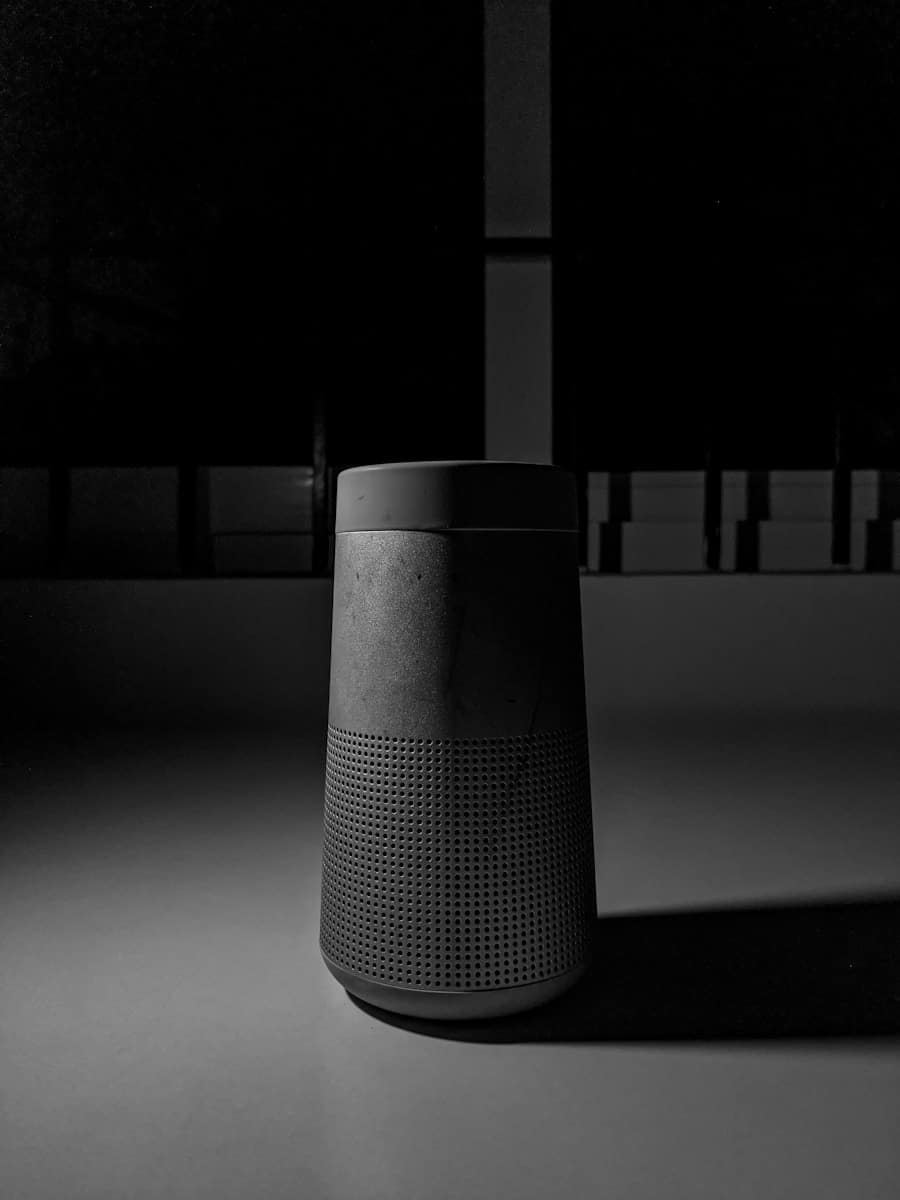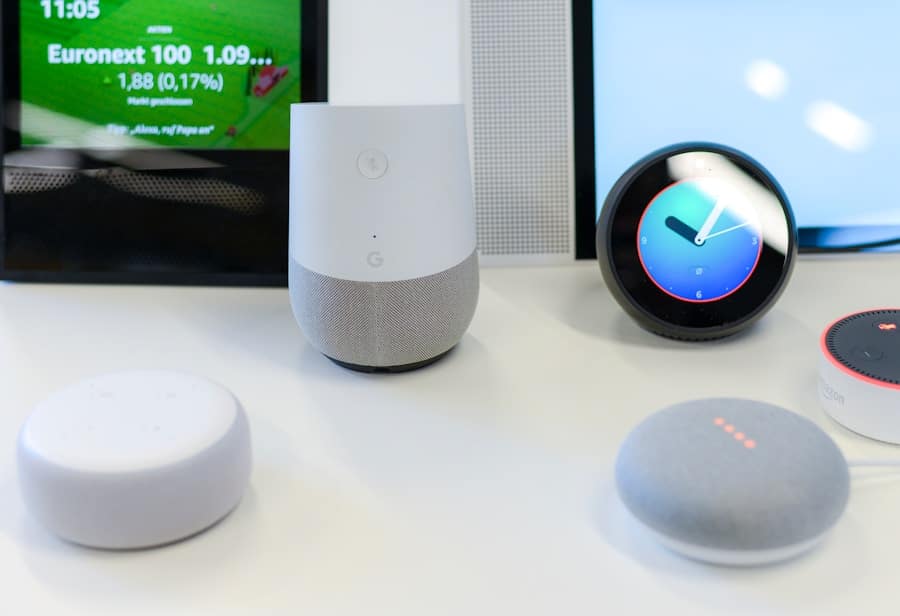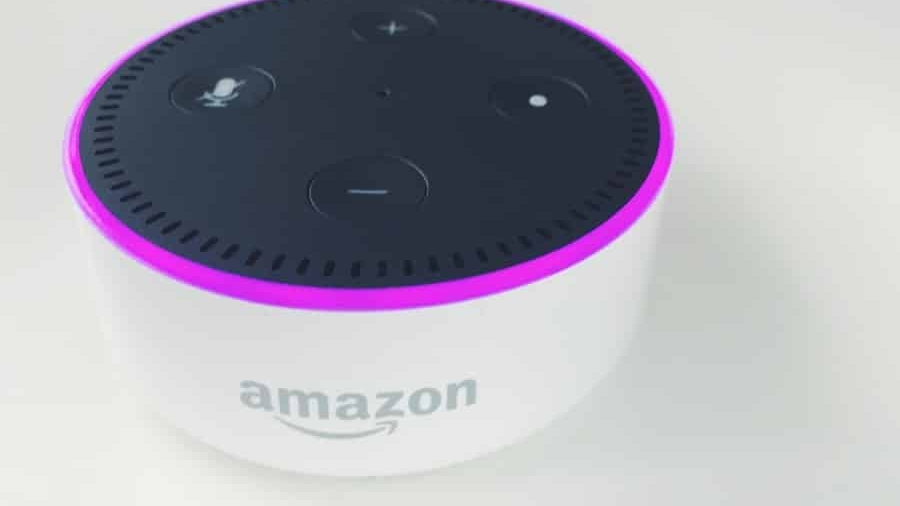The advent of artificial intelligence has revolutionized numerous sectors, and the smart home industry is no exception. Over the past decade, AI-enabled voice recognition technology has emerged as a cornerstone of smart home systems, transforming how individuals interact with their living spaces. This technology allows users to control various devices and systems through simple voice commands, making home automation more intuitive and accessible.
The proliferation of smart speakers, such as Amazon Echo and Google Nest, has played a pivotal role in popularizing voice recognition technology, providing users with a seamless interface to manage their homes. As the technology has matured, advancements in natural language processing (NLP) and machine learning have significantly improved the accuracy and responsiveness of voice recognition systems. These systems can now understand context, recognize different accents, and even learn from user interactions to enhance their performance over time.
The integration of AI into voice recognition has not only made it easier for users to control their environments but has also paved the way for more sophisticated applications, such as personalized home automation routines and proactive assistance. This rise in AI-enabled voice recognition technology marks a significant shift in how we perceive and interact with our living spaces, making them smarter and more responsive to our needs.
Key Takeaways
- AI-enabled voice recognition technology is on the rise in smart homes, allowing users to control various devices and systems through voice commands.
- AI-enabled voice recognition enhances user experience in smart homes by providing hands-free control, convenience, and accessibility for individuals with disabilities.
- Personalization and customization features of AI-enabled voice recognition in smart homes allow for tailored experiences and preferences for different users.
- Machine learning plays a crucial role in AI-enabled voice recognition for smart homes, enabling the system to understand and adapt to users’ speech patterns and commands.
- Privacy and security concerns in AI-enabled voice recognition for smart homes highlight the need for robust data protection measures and user consent for data collection and storage.
How AI-Enabled Voice Recognition Enhances User Experience in Smart Homes
Hands-Free Control and Convenience
With voice recognition, users can issue commands without having to navigate through apps or physical interfaces, saving time and effort. For instance, a simple voice command like “Turn on the living room lights” can execute the action almost instantly.
Accessibility and Inclusivity
The immediacy of voice recognition technology not only saves time but also makes technology more accessible to individuals who may not be tech-savvy or those with mobility challenges. This technology enables users to control their smart home devices with ease, promoting independence and confidence.
Conversational Capabilities and Companionship
The conversational capabilities of AI voice assistants create a more engaging interaction between users and their smart home systems. These assistants can respond to follow-up questions, provide information about the status of devices, or even engage in casual conversation. For example, if a user asks about the weather, the assistant can provide a detailed forecast and suggest appropriate actions, fostering a sense of companionship and support.
Personalization and Customization Features of AI-Enabled Voice Recognition in Smart Homes

One of the standout features of AI-enabled voice recognition technology is its ability to offer personalized experiences tailored to individual users’ preferences. Through machine learning algorithms, these systems can analyze user behavior over time, learning specific commands, routines, and preferences. For instance, if a user frequently adjusts the lighting in their home office to a particular setting during work hours, the system can automatically suggest this setting when it detects that the user is in that space.
This level of personalization not only enhances convenience but also creates a more comfortable living environment. Customization extends beyond simple preferences; it encompasses the ability to create unique profiles for different household members. Many smart home systems allow multiple users to set up their profiles, enabling the voice assistant to recognize who is speaking and adjust settings accordingly.
For example, one family member might prefer cooler temperatures and brighter lighting in the evening, while another might enjoy warmer tones and softer lighting. The system can seamlessly switch between these preferences based on who is interacting with it at any given time. This capability not only improves user satisfaction but also fosters a sense of ownership over the smart home experience.
The Role of Machine Learning in AI-Enabled Voice Recognition for Smart Homes
Machine learning is at the heart of AI-enabled voice recognition technology, driving its ability to understand and respond to human speech with remarkable accuracy. By employing algorithms that learn from vast amounts of data, these systems can continuously improve their performance over time. For instance, when a user issues commands that are misinterpreted or not recognized initially, the system can analyze these interactions to refine its understanding of specific phrases or accents.
This iterative learning process ensures that the technology becomes more adept at recognizing individual users’ speech patterns and preferences. Furthermore, machine learning enables predictive capabilities within smart home systems. By analyzing historical data on user behavior, these systems can anticipate needs and automate responses accordingly.
For example, if a user typically plays music at a certain time each evening, the system can proactively suggest starting a playlist or even begin playing music automatically as that time approaches. This predictive functionality not only enhances convenience but also creates a more fluid interaction between users and their smart home devices.
Privacy and Security Concerns in AI-Enabled Voice Recognition for Smart Homes
Despite the numerous benefits of AI-enabled voice recognition technology in smart homes, privacy and security concerns remain significant challenges that must be addressed. The very nature of voice recognition involves constant listening for wake words or commands, which raises questions about data collection and surveillance. Users may worry that their conversations are being recorded or that sensitive information could be inadvertently captured by these devices.
This concern is compounded by reports of data breaches and unauthorized access to personal information from various tech companies. To mitigate these concerns, manufacturers are increasingly implementing robust security measures and transparent data policies. Many smart home devices now offer features such as voice recognition encryption, allowing users to secure their data against unauthorized access.
Additionally, companies are providing users with greater control over their data by allowing them to delete recordings or opt-out of data collection entirely. However, as technology continues to evolve, ongoing vigilance is necessary to ensure that privacy remains a priority in the development of AI-enabled voice recognition systems.
Integration of AI-Enabled Voice Recognition with Other Smart Home Devices and Systems

The true potential of AI-enabled voice recognition technology is realized when it is integrated with other smart home devices and systems. This interoperability allows for a cohesive ecosystem where various devices communicate seamlessly with one another. For instance, a user can issue a single command like “Goodnight,” prompting the system to turn off lights, lock doors, adjust thermostats, and activate security cameras—all in one fluid action.
This level of integration simplifies daily routines and enhances overall efficiency within the home. Moreover, integration extends beyond just convenience; it enables advanced automation scenarios that can significantly improve energy efficiency and security. For example, when integrated with smart thermostats and lighting systems, voice recognition technology can help optimize energy usage based on occupancy patterns detected through user interactions.
If a user frequently leaves lights on in unoccupied rooms, the system can learn this behavior and suggest energy-saving measures or automate light control based on occupancy sensors. Such integrations not only enhance user experience but also contribute to more sustainable living practices.
Future Trends and Developments in AI-Enabled Voice Recognition for Smart Homes
As technology continues to advance at an unprecedented pace, several trends are emerging that will shape the future of AI-enabled voice recognition in smart homes. One notable trend is the increasing emphasis on multilingual support within voice recognition systems. As households become more diverse, there is a growing demand for devices that can understand and respond in multiple languages or dialects.
By analyzing vocal tone and speech patterns, future systems may be able to detect users’ emotional states and respond accordingly.
For instance, if a user sounds stressed or upset while issuing commands, the system could adjust its responses to provide calming music or suggest relaxation techniques. This emotional intelligence could lead to more empathetic interactions between users and their smart home devices.
The Impact of AI-Enabled Voice Recognition on the Future of Smart Home Technology
The impact of AI-enabled voice recognition technology on the future of smart home technology is profound and far-reaching. As this technology continues to evolve, it will redefine how we interact with our living spaces and enhance our overall quality of life. The convenience offered by voice-controlled systems will likely lead to broader adoption of smart home technologies among various demographics, including those who may have previously been hesitant due to perceived complexity.
Moreover, as AI-enabled voice recognition becomes more sophisticated, it will pave the way for new applications that extend beyond traditional home automation. For example, future developments may include health monitoring capabilities where voice assistants can track users’ health metrics through verbal interactions or provide reminders for medication based on user input. Such innovations could transform smart homes into proactive health management environments.
In conclusion, AI-enabled voice recognition technology is poised to play an integral role in shaping the future landscape of smart homes. Its ability to enhance user experience through personalization, integration with other devices, and ongoing advancements in machine learning will continue to drive innovation in this space. As we move forward into an increasingly connected world, the implications of this technology will extend far beyond mere convenience; they will redefine our relationship with our homes and how we navigate our daily lives within them.
If you’re interested in the latest technology trends, you may also want to check out this article on Samsung Smartwatches Review. This review provides insights into the features and functionalities of Samsung smartwatches, offering a comprehensive overview of their capabilities. Just like AI-enabled voice recognition is revolutionizing smart home interactions, Samsung smartwatches are changing the way we interact with our devices on the go.
FAQs
What is AI-enabled voice recognition?
AI-enabled voice recognition is a technology that allows devices to understand and respond to human speech. It uses artificial intelligence to interpret and process natural language, enabling seamless communication between humans and machines.
How is AI-enabled voice recognition used in smart homes?
In smart homes, AI-enabled voice recognition is used to control various connected devices and systems, such as lighting, thermostats, security cameras, and entertainment systems. Users can simply use their voice to give commands and interact with their smart home devices.
How does AI-enabled voice recognition personalize smart home interactions?
AI-enabled voice recognition personalizes smart home interactions by learning and adapting to the preferences and habits of individual users. It can recognize different voices and tailor responses and actions based on the specific needs and preferences of each user.
What are the benefits of AI-enabled voice recognition in smart homes?
Some benefits of AI-enabled voice recognition in smart homes include hands-free control of devices, personalized user experiences, improved accessibility for individuals with disabilities, and the ability to integrate with other smart home technologies for seamless automation.
What are some examples of AI-enabled voice recognition devices in smart homes?
Examples of AI-enabled voice recognition devices in smart homes include smart speakers like Amazon Echo and Google Home, as well as voice-controlled assistants like Amazon’s Alexa, Apple’s Siri, and Google Assistant. These devices use AI to understand and respond to voice commands from users.

